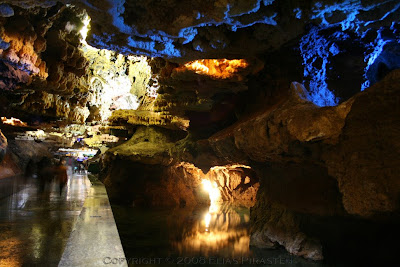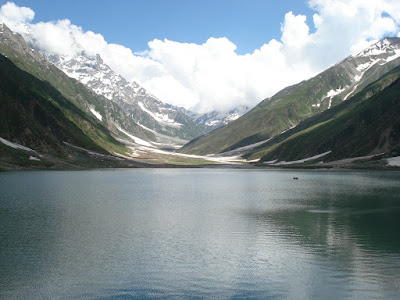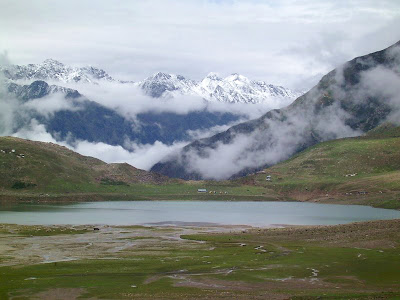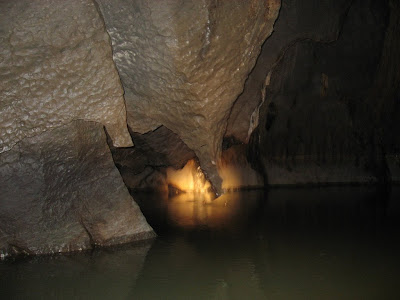
Map of Lake Baikal (Source)
During winter months, Lake Baikal's upper layer solidify into ice. The ice is so thick that it can support people and snowmobiles.

Lake Baikal during winter months (Source)
At more than 25 million years old, it is the oldest lake in the world. It hosts 1,085 species of plants and 1,550 species and varieties of animals and more than 80% of the animals found in the area are endemic. It was declared a UNESCO World Heritage Site in 1996.
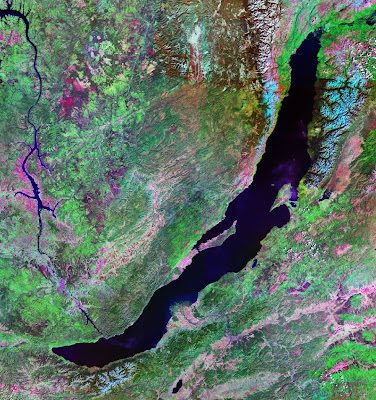
Satellite image of Lake Baikal (Source)

Olchon Island inside the lake (Source)



